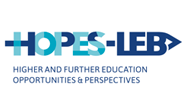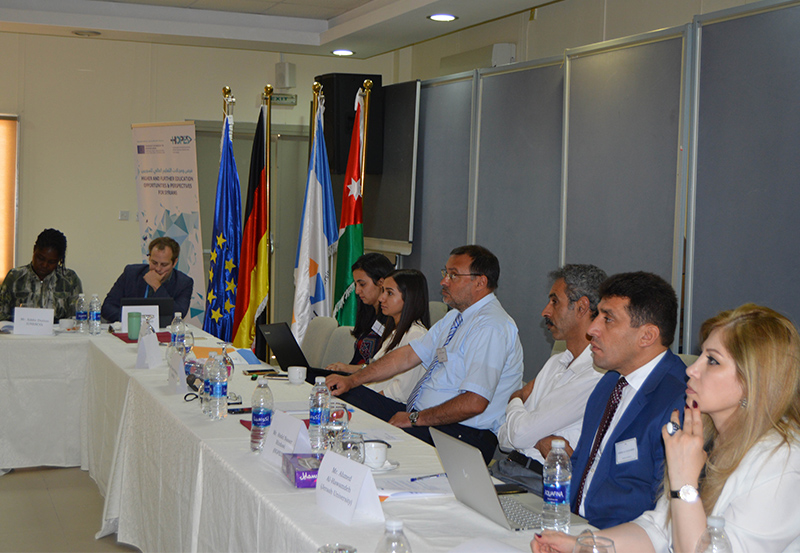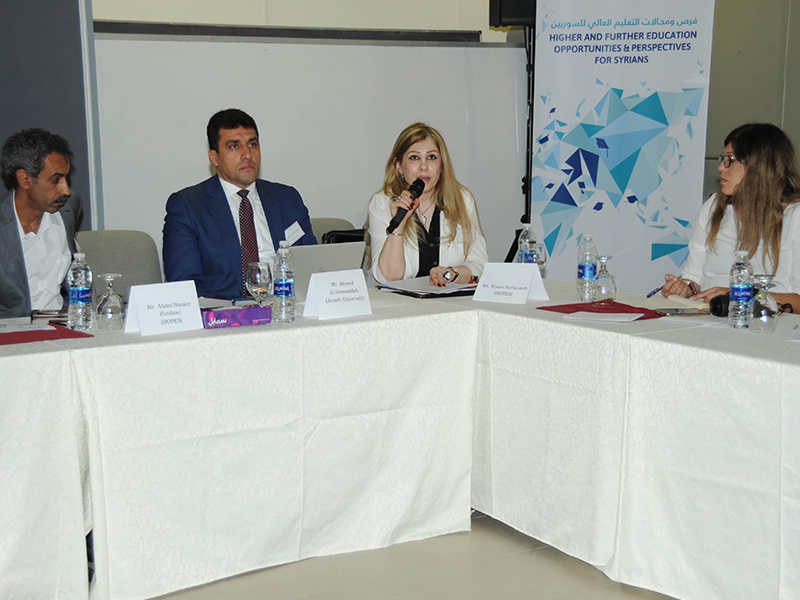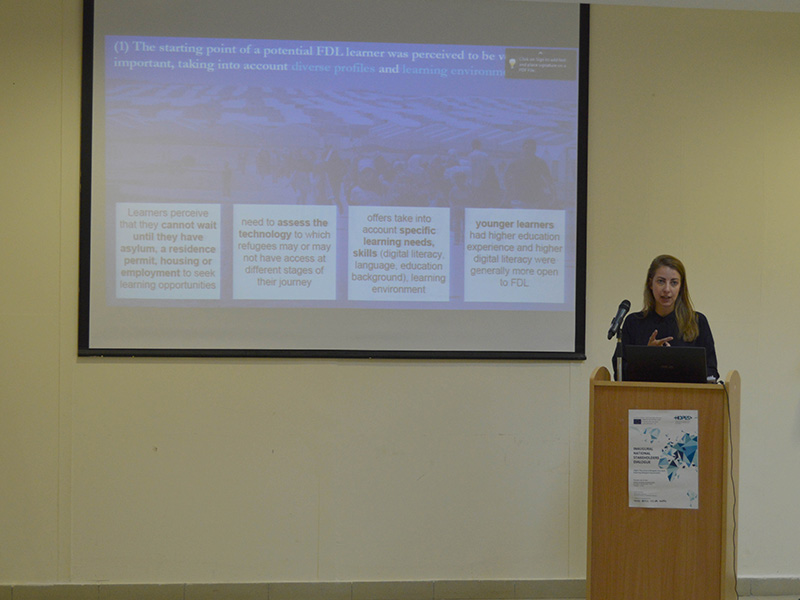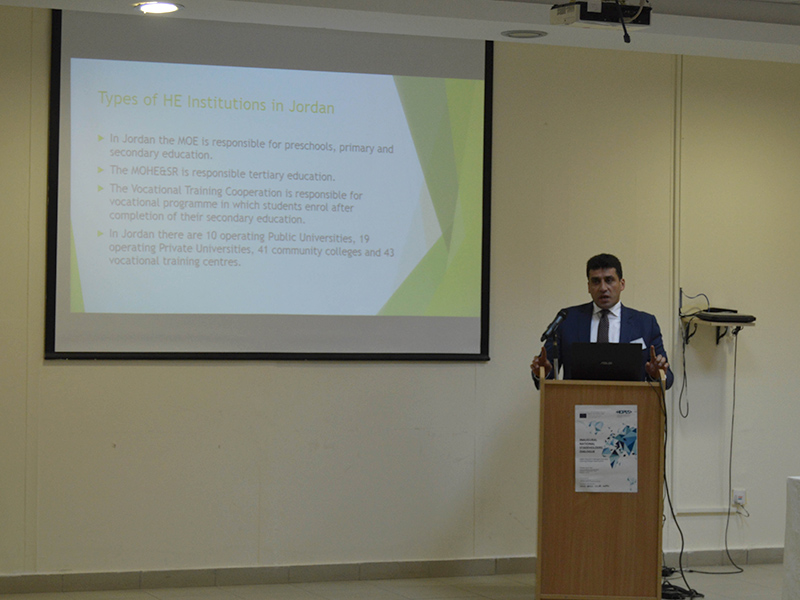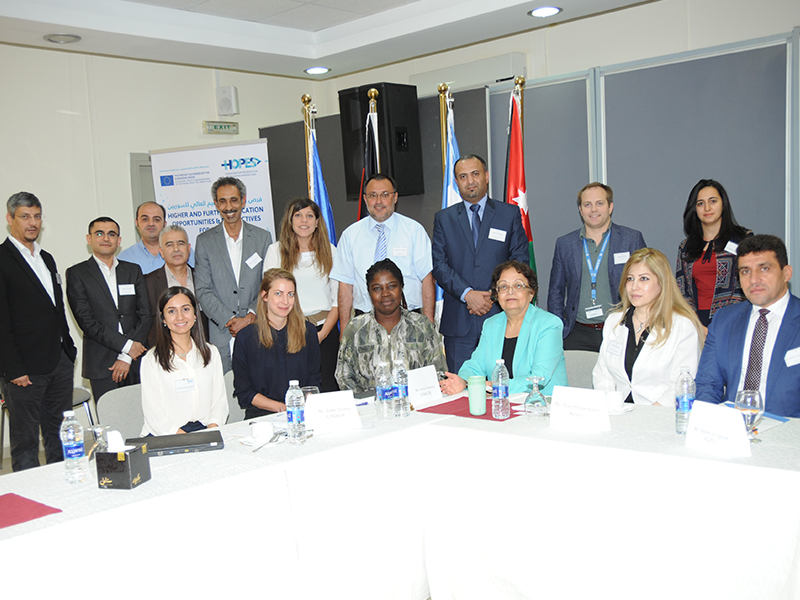INAUGURAL NATIONAL STAKEHOLDER DIALOGUE IN JORDAN
Within the context of the HOPES project, the in-country team of Jordan has organized in collaboration with the German Jordanian University (GJU), an inaugural National Stakeholder Dialogue, entitled ‘Higher Education & Refugees from Syria: Exploring Dialogue Opportunities’ on July 27, 2017 at the German Jordanian University (GJU).
This gathering was the first of a series of stakeholders dialogues bringing together representatives from ministries and higher education institutions as well as key institutional stakeholders involved in tertiary education and the Syria crisis.
The dialogue incorporated presentations from various stakeholders which reflected on a series of recent studies and surveys related to refugees and higher education and led to a discussion of the several requirements for facing the existing challenges in hosting Syrian students at Jordanian institutions.


